Water activities are a great way to keep kids active and having fun. These activities help children build strength and coordination while learning important water safety skills. Swimming, water parks, fishing, and other water activities are enjoyable for the whole family. As kids get comfortable in the water, they also learn useful skills like working together and being patient. Whether your child is just starting swimming lessons or ready to try paddleboarding, there's a water activity that's right for them.

1. Swimming
Most children start swimming between ages 4-6, though some begin earlier with parent-and-child classes. Swimming teaches children how to stay safe in the water. Through practice, kids learn the basics like floating, treading water, and breathing while swimming.
Health Benefits
Swimming works out the entire body and offers exceptional health advantages for growing children. Regular swimming strengthens muscles throughout the body, particularly in the arms, legs, and core. The activity also builds endurance and improves heart health without putting stress on joints. Kids who swim regularly often show better posture and flexibility.
Safety Skills
As children learn to swim, they develop crucial safety awareness around water. Key skills include:
- Floating on their back when tired
- Swimming to the edge of the pool
- Proper breathing techniques
- Understanding basic pool rules
- Recognizing their swimming limits
These skills not only keep children safe but also prepare them for more advanced water activities as they grow older.
2. Snorkeling
Snorkeling is a simple way for kids to see underwater life. Kids can start in shallow water, where they feel safe and comfortable. Many children enjoy watching fish, looking at colorful coral, or finding interesting shells on the bottom. The best places to start are calm, clear pools or protected beach areas.
Equipment Needed
To start snorkeling, kids need three basic items:
- A well-fitting snorkel mask that doesn't leak
- A snorkel tube that's the right size for their face
- Swim fins that fit comfortably
Safety Tips
When kids go snorkeling:
- Always swim with an adult nearby
- Stay in clear, calm water
- Choose areas marked safe for swimming
- Check the weather and water conditions
- Take breaks when tired
Parents should pick spots with lifeguards when possible and keep watching their children in the water.

3. Kayaking and Canoeing
Best Places to Start
Lakes and calm rivers are perfect for beginners to try kayaking or canoeing. These quiet waters let families practice basic skills safely. Many parks and recreation centers offer rental boats and basic lessons for families who want to try it out.
Working Together
When two or more people share a canoe, they need to work as a team. Children learn to talk with their partners about which way to paddle and how to move the boat. This makes kayaking and canoeing good activities for parents and kids or siblings to do together.
Basic Skills
Kids will learn:
- How to hold and use a paddle correctly
- Ways to steer the boat
- How to get in and out safely
- What different water conditions mean
- Basic water safety rules
Safety Tips
- Everyone must wear life jackets
- Check weather before going out
- Start in calm, shallow water
- Bring water and sun protection
- Follow the guide's instructions if taking a lesson
Regular practice in calm waters will help kids build their paddling skills. Your family can plan short trips first, then try longer adventures as everyone gets more comfortable.
4. Beach Sand Building
Building things in the sand is one of the easiest beach activities for kids. All you need are basic tools like buckets and shovels. Children can make simple sandcastles, dig moats, or create their own sand art. The beach offers endless chances for kids to be creative with sand.
Tools You Need
Simple beach tools work best:
- A few buckets of different sizes
- Small shovels or spades
- Plastic molds for shapes
- Some cups for decorating
- A water bottle to wet the sand
Playing Together
Sand building works well as a group activity. Kids can work on big projects together, like a giant castle or a sand village. They learn to share tools, help each other, and combine their ideas. Younger kids often enjoy working with older siblings or parents who can show them new building tricks.

5. Water Parks
Different Areas for Different Ages
Water parks have special zones for each age group. Toddlers and small children have shallow pools with small slides and gentle spray features. Older kids can enjoy bigger slides, wave pools, and activity areas. Parents should check the height and age rules for each ride.
Fun Activities
Water parks offer many choices:
- Wave pools that make artificial waves
- Lazy rivers for relaxing tube rides
- Water slides of different speeds
- Splash areas with fountains
- Play zones with water games
Safety at Water Parks
Every area has trained lifeguards watching the water. Parks have clear rules about:
- Height requirements for slides
- Where to wait in line
- How to ride each attraction
- When to exit pools
- Where parents need to stay with children
The best time to visit is early in the day when the park is less crowded and lines are shorter. Many parks also offer lockers to store your belongings while you enjoy the water.
6. Sailing Lessons
Many sailing schools offer special classes for kids. Students start with small boats designed for beginners. They learn the basic parts of the boat and how to use the wind to move on water. Most classes happen in calm waters near the shore where instructors can easily help.
What Kids Learn
In sailing classes, students learn:
- Names of boat parts
- How to read wind direction
- Ways to steer the boat
- Basic sailing rules
- Safety procedures on water
Skills Kids Develop
Sailing helps kids grow in many ways. They learn to focus on multiple things at once, like watching the wind and steering the boat. They solve problems like getting back to shore when the wind changes. As their skills improve, kids feel more confident handling their own boat.

7. Stand-Up Paddleboarding (SUP)
Stand-up paddleboarding is a great activity for kids who like a new challenge. It works best on calm lakes or slow rivers. Most children can learn the basics in one or two lessons. They start by kneeling on the board, then stand up when they feel steady.
Basic Skills
Learning paddleboarding starts with simple movements. Kids first learn to balance on the board while kneeling. Once comfortable, they practice standing up slowly and keeping their balance. The instructor teaches them how to hold the paddle correctly and make basic moves to go forward and turn.
Fun Activities
After mastering the basics, kids can join in many fun activities. Some enjoy short races with friends near the shore. Others like to do simple stretches or yoga poses on their boards. Many children have fun paddling along quiet shorelines and looking for fish in the clear water below.
Safety Notes
Safety comes first in paddleboarding. Every child needs a well-fitting life jacket and proper equipment. Parents or instructors should stay close by while kids learn. It's best to start in shallow, calm water near the shore. Many local lake beaches or water sports centers rent paddleboards and offer basic lessons. The sport helps build strong muscles while kids have fun on the water.
8. Fishing
Learning Patience with Nature
Fishing helps kids learn to be patient and respect nature. They sit quietly by the water, watch for fish, and notice the world around them. Many children enjoy spotting birds, seeing fish jump, and watching small animals near the shore. This peaceful time outdoors lets kids connect with nature in their own way.
Basic Fishing Skills
A child's first fishing lessons focus on simple things. They learn to hold a rod correctly, attach bait to hooks, and cast their line into the water. Parents can teach them how to unhook a fish carefully and release it back into the water. Using catch-and-release methods helps protect fish populations and teaches kids about taking care of the environment.
Important Tips
- Choose a child-sized fishing rod for better control
- Practice casting in an open space first
- Check local fishing rules and license requirements
- Pick a spot known for easy-to-catch fish
- Bring snacks, water, and sunscreen
- Clean up all equipment and trash after fishing
- Handle hooks and gear with care
Most kids enjoy fishing more when they catch something early in their trip, so start at a place known for smaller, easier-to-catch fish.

Try These Water Activities with Your Kids!
Water activities help kids stay active and learn new skills while having fun. Swimming, snorkeling, paddling, and other water sports teach children about safety and working with others. Some need special gear and lessons, while others just need simple items like beach toys. Pick activities that match your child's age and skills, always keep safety in mind, and your kids will learn and have fun at the same time.
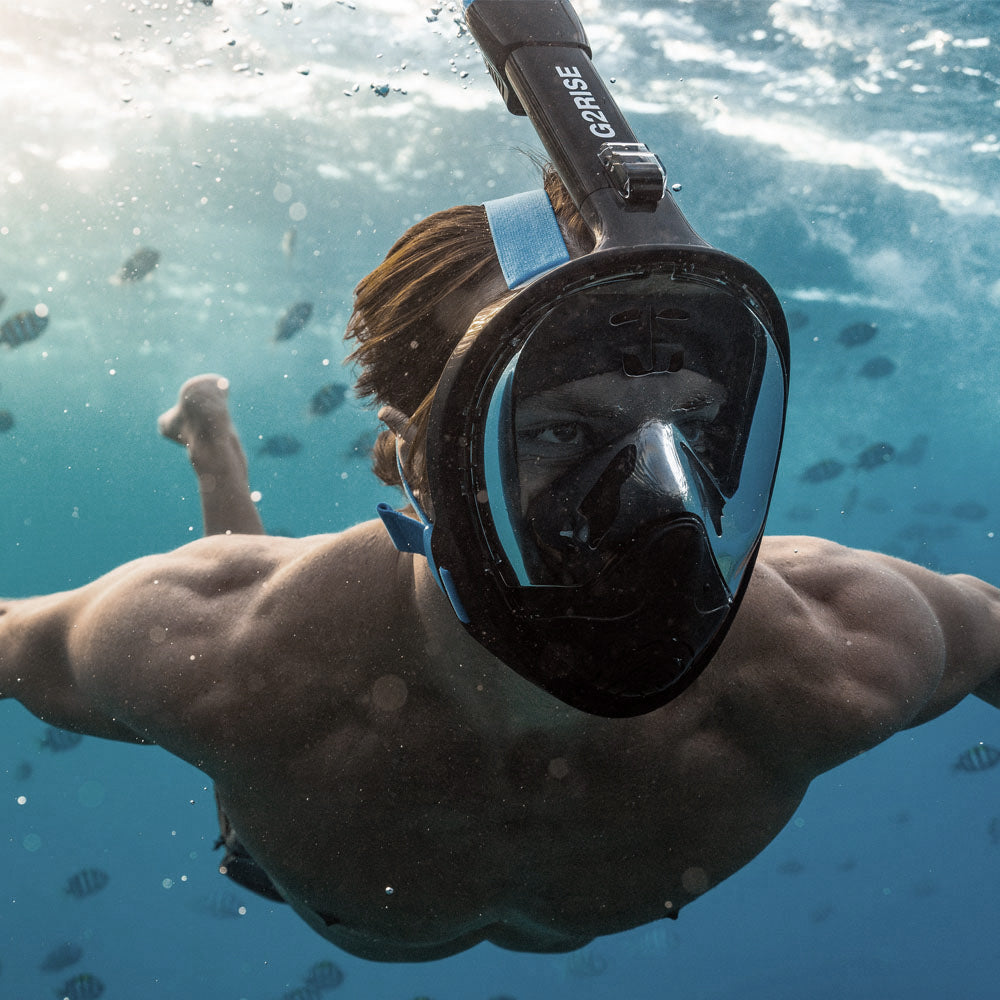
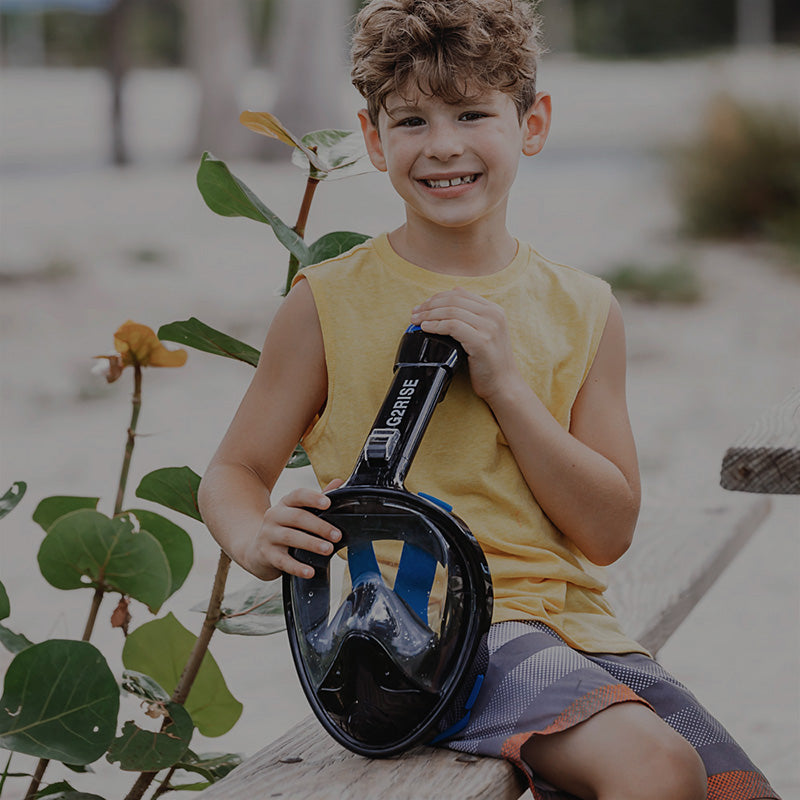
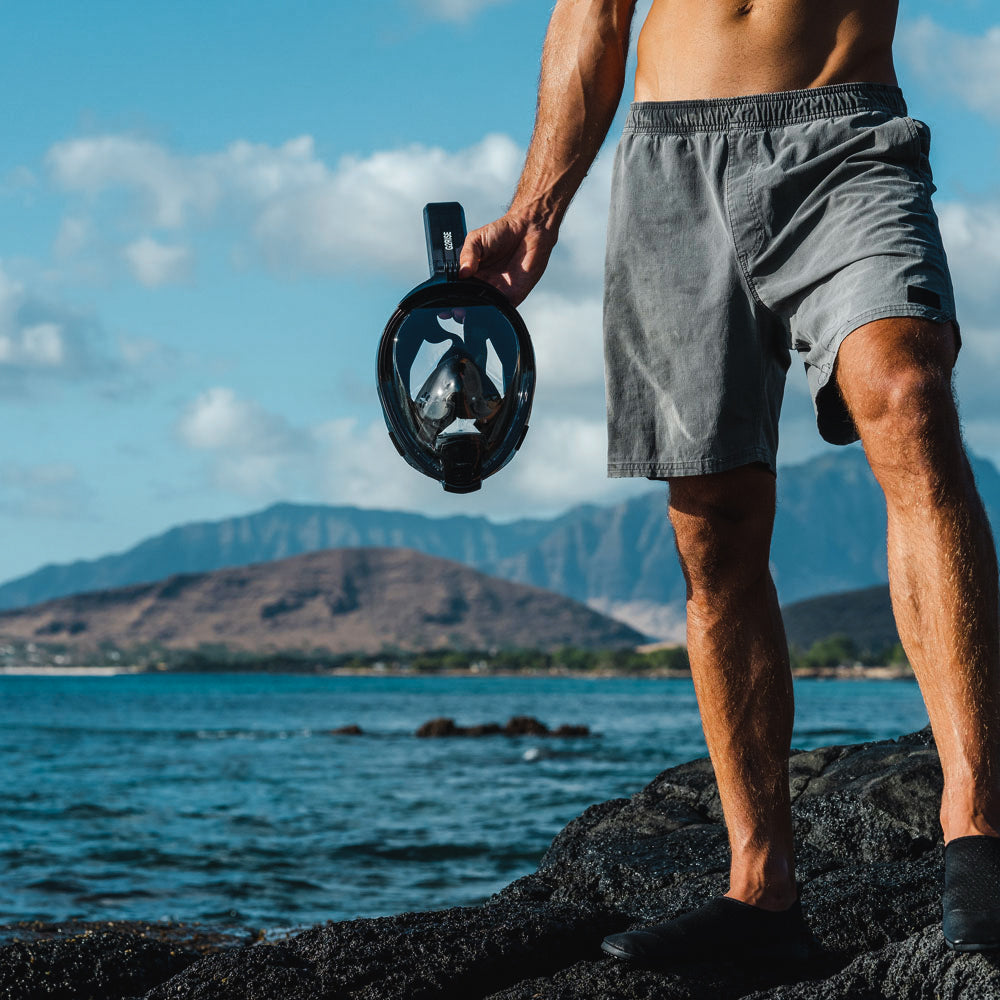
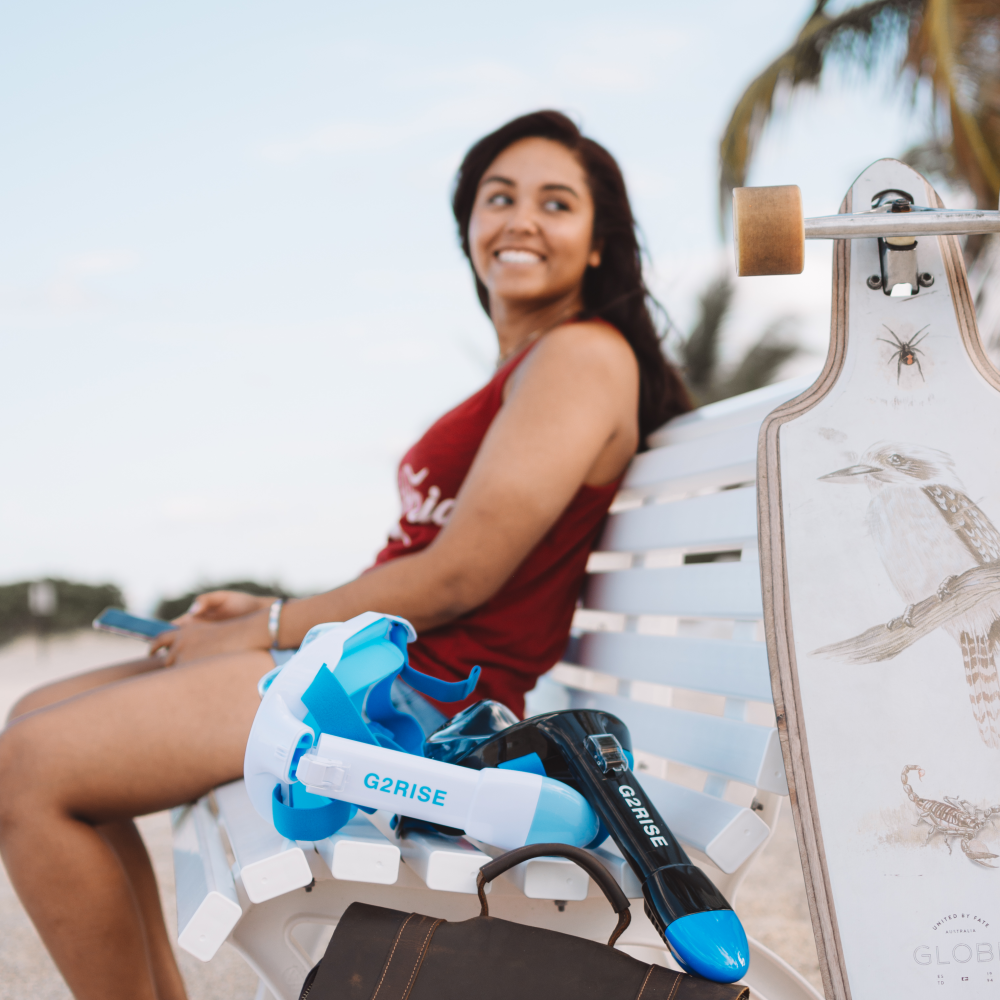
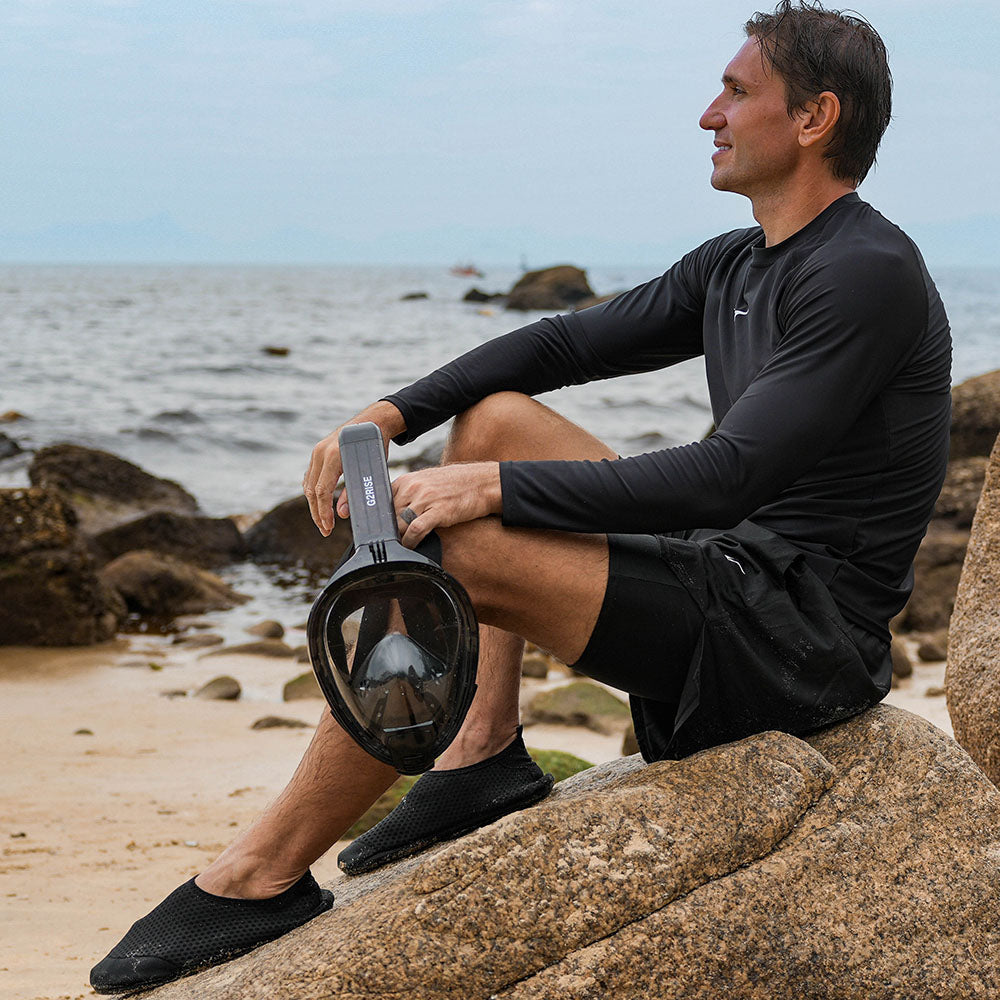
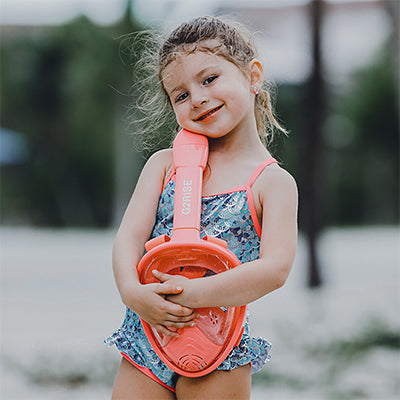
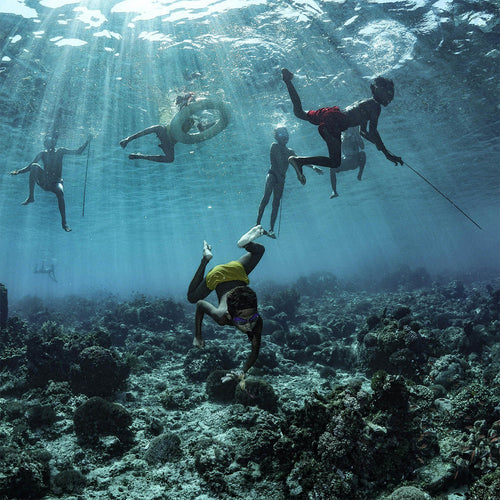

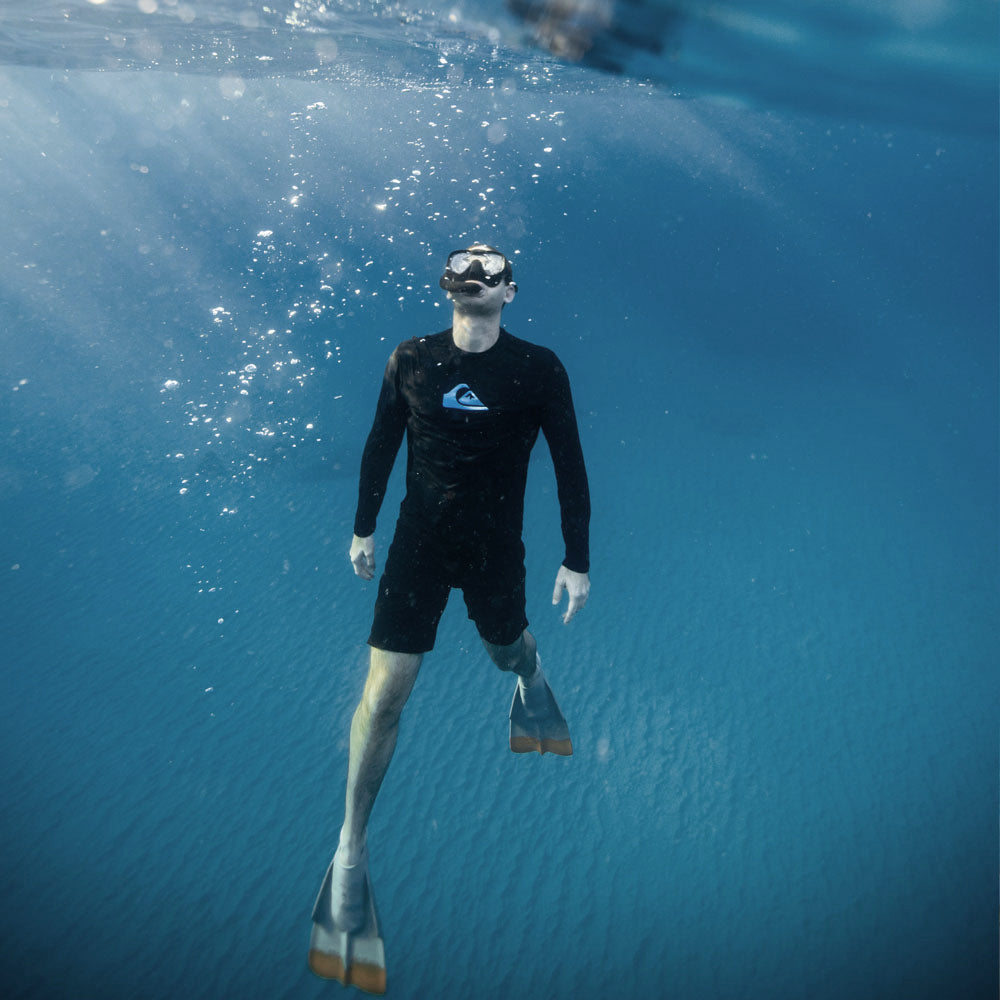
Leave a comment
This site is protected by hCaptcha and the hCaptcha Privacy Policy and Terms of Service apply.